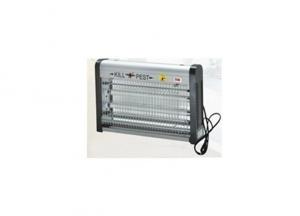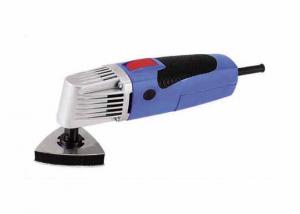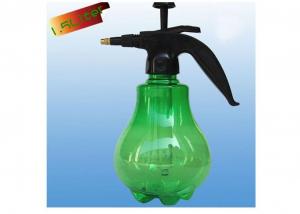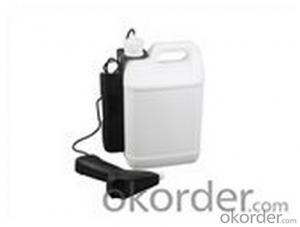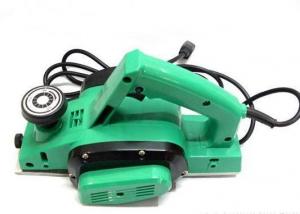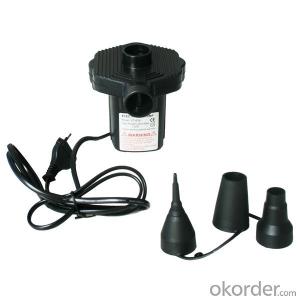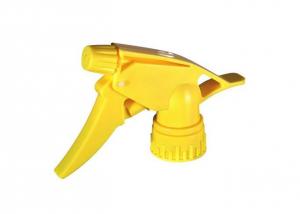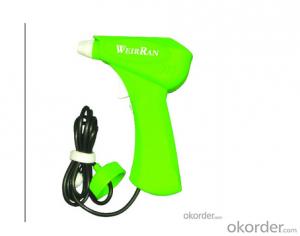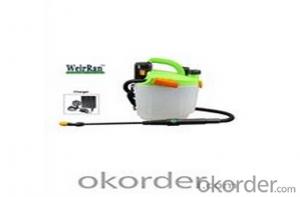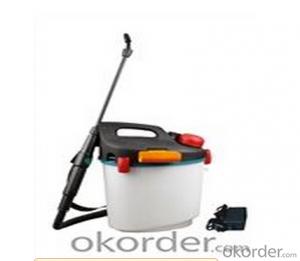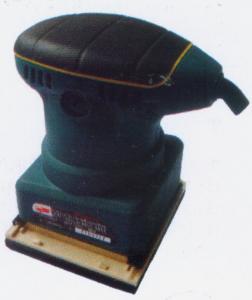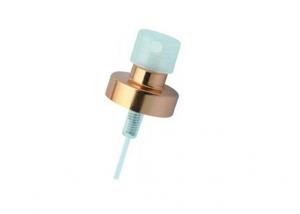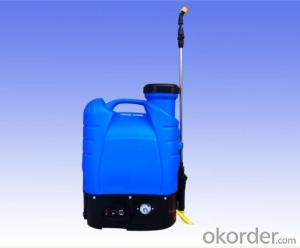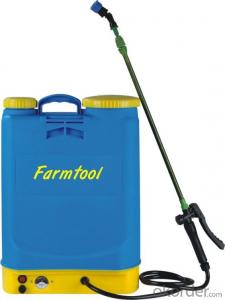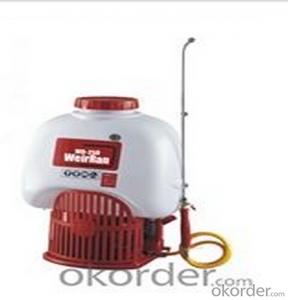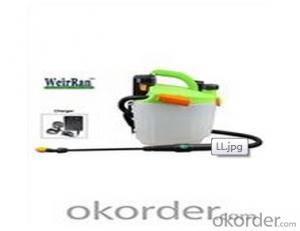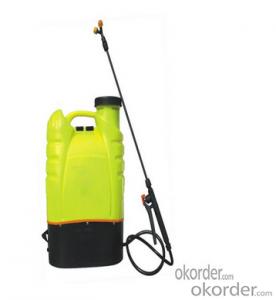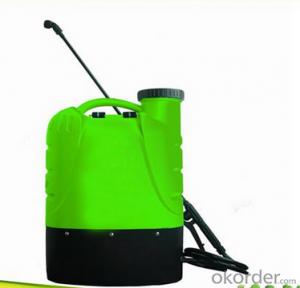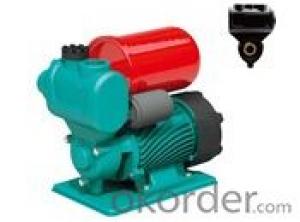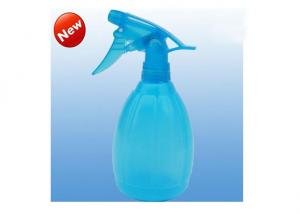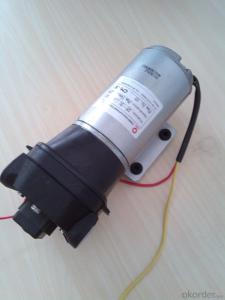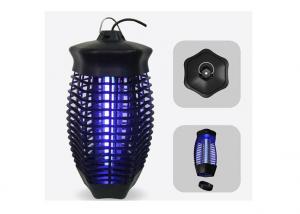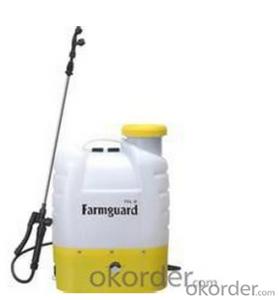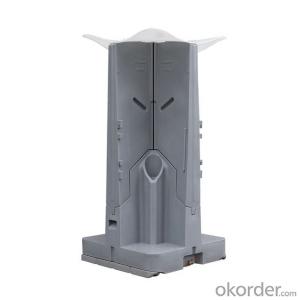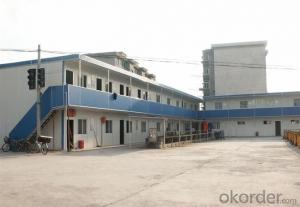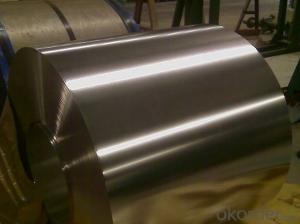Electric Insecticide Sprayer
Electric Insecticide Sprayer Related Searches
Herbicide Spray Equipment Motorized Backpack Sprayer Herbicide Backpack Sprayer Electric Water Suction Pump Electric Drapery System Electric Water Barrel Pump Kitchen Water Boiler Electric Electric Vulcanizer Electric Centrifugal Water Pump Electronic Assembly Equipment Electric Shock Security Device Electric Drapes Electronic Weaving Machine Large Electric Water Pump Easy Home Electric Heater Electric Ceramic Burr Grinder Electrical Safety Inspection Easy Install Sprinkler System Electric Heater For House Electronic Tracking Device 3 Gallon Backpack Sprayer Electro Pneumatic Contactor Disposable Electronic Shisha Water Boiler Kettle Electric Electric Motor Winding Machine Little Injection Machine Industrial Vacuum Cleaner Electric Turbochargers Electronic Equipment Recycling Electrical Distribution BlockElectric Insecticide Sprayer Supplier & Manufacturer from China
Electric Insecticide Sprayers are devices designed to efficiently control and eliminate various types of pests. These sprayers utilize electric power to atomize insecticides, ensuring an even distribution of the chemical throughout the targeted area. This results in effective pest control while minimizing the risk of chemical residue on surfaces.The Electric Insecticide Sprayer is widely used in various settings, including residential homes, agricultural fields, greenhouses, and commercial establishments. It is particularly useful for controlling mosquitoes, flies, ants, and other insects that can cause discomfort or pose health risks. By using an Electric Insecticide Sprayer, users can quickly and effectively treat large areas, ensuring a pest-free environment.
Okorder.com is a leading wholesale supplier of Electric Insecticide Sprayers, offering a vast inventory of high-quality products at competitive prices. With a commitment to customer satisfaction, Okorder.com provides a reliable source for businesses and individuals seeking to purchase Electric Insecticide Sprayers in bulk.
Hot Products
